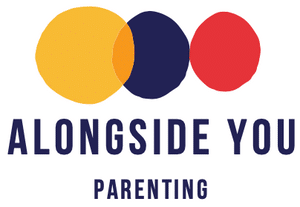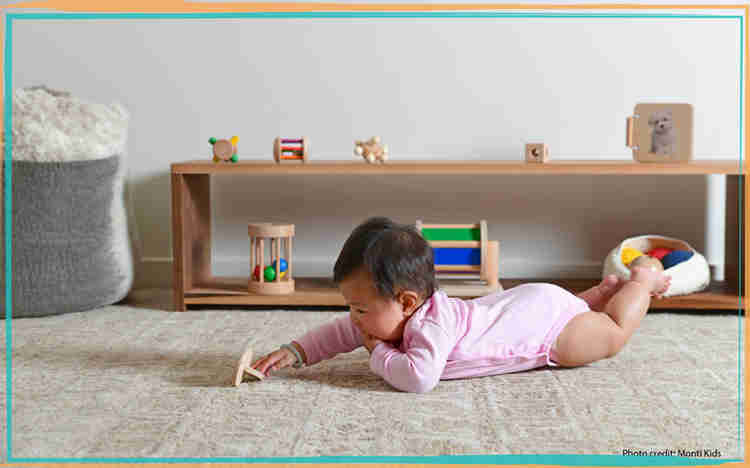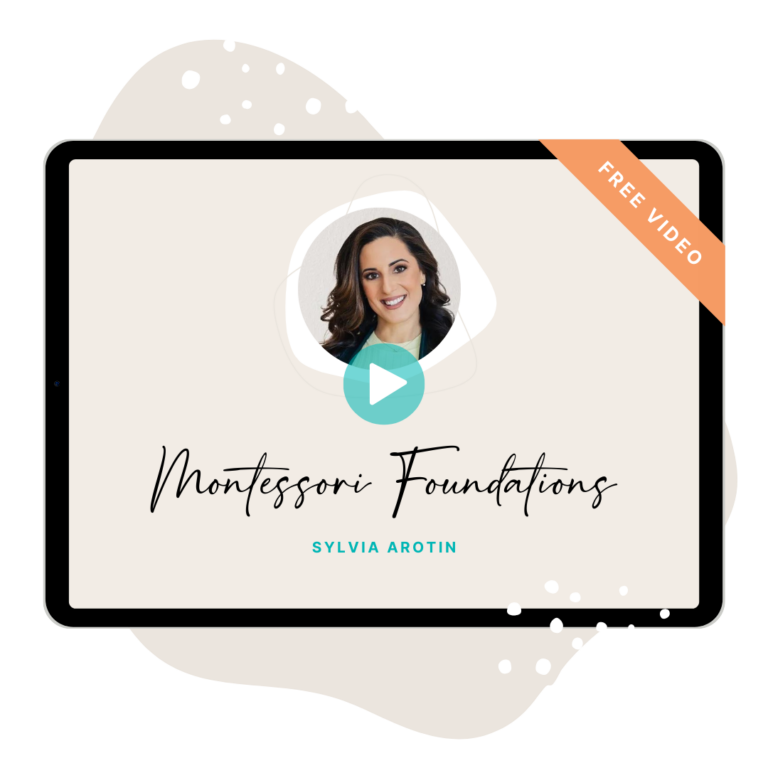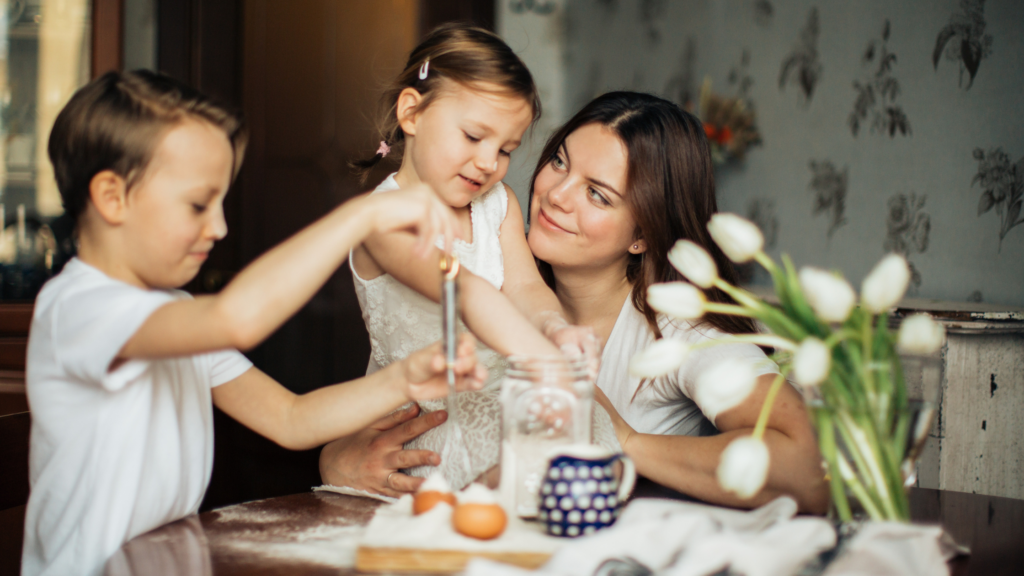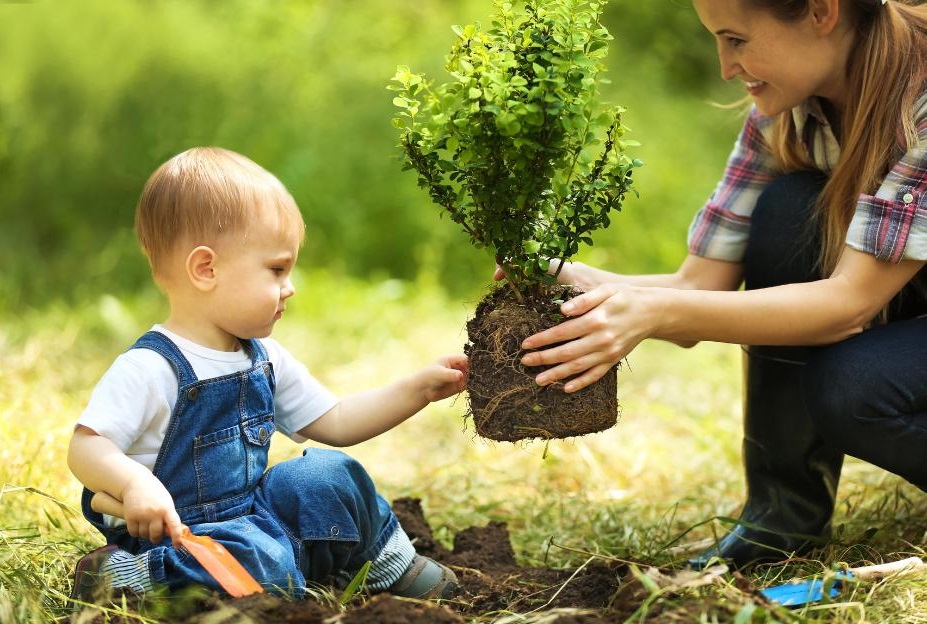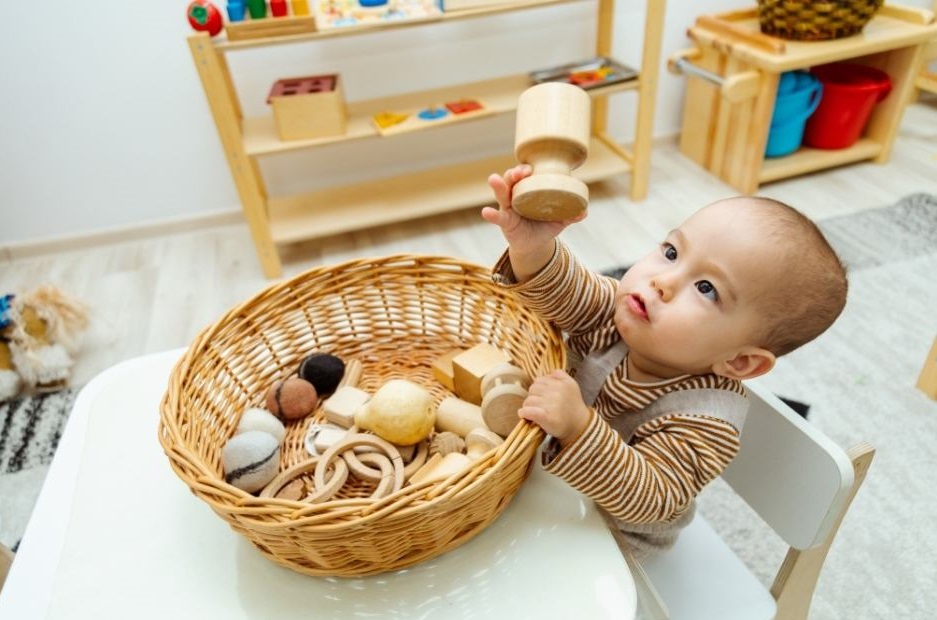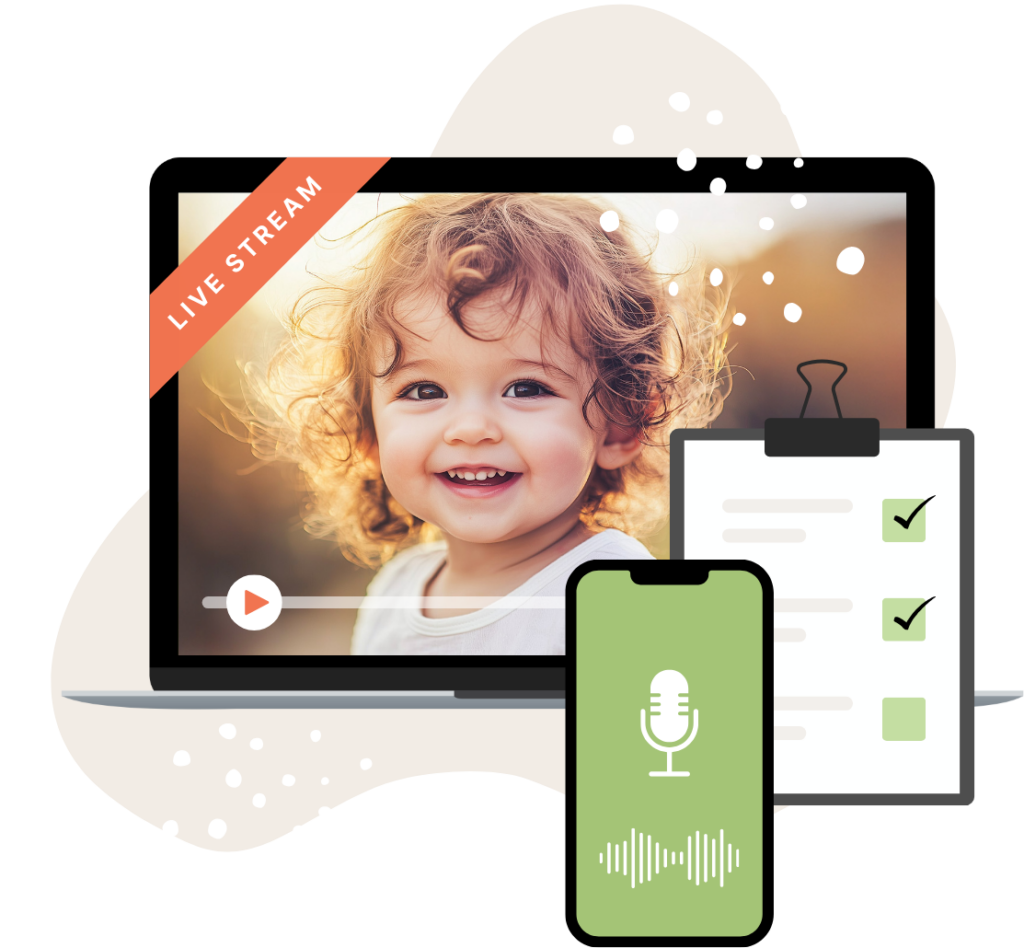The beauty and simplicity of a Montessori prepared environment is an element of the philosophy that attracts many people. There are hundreds of blogs, Instagram accounts and hashtags to inspire and sometimes overwhelm you. But the truth is a Montessori space doesn’t need to be ‘insta’ worthy. It needs to be practical and based on the developmental needs of your child(ren). Every home and every family has individual requirements and different resources. Maria Montessori herself observed that children from all socioeconomic backgrounds and cultures have the same needs and followed similar developmental paths.
“Only through freedom and environmental experience is it practically possible for human development to occur. “~ Maria Montessori
It’s hard not to get excited and sometimes get carried away when preparing different areas of your home for your child, but there are a few general criteria that should always be considered.
The space should:
- Meet the needs of your child.
- Have a sense of order to help the child orient themselves. A child under three years is strongly guided by the human tendency for order and through role modelling adults can show their children that everything has a place.
- Be flexible and meet the changing needs of your child.
- Be culturally appropriate. Each family will have different customs and traditions.
- Be based on reality. Activities should be purposeful and include language that your child will come across in their everyday life.
Above all ‘the child’ is the most important element. Always remember to look at the space from your child’s perspective. Get down on the floor and look around, look up – what does it feel like, what is accessible, what is an obstacle?
The bedroom or a place to sleep is somewhere that your child should associate with sleeping. This can be a shared room or their own room. Even if your child is sharing a room it is important that within that room they still have their own little space that belongs solely to them.
A bedroom needs to be an area with minimal distraction and must be very safe. It will normally have four main components to it. Consider your child’s ever changing developmental needs. We often spend a lot of time and money creating a ‘perfect’ space and then we are hesitant to change the space when our child’s needs change.
There are four main components of the bedroom or sleeping area:
Place to sleep:
At first a newborn will sleep in the same room as their parents. This can be in a bassinet, sidecar next to the bed or other safe sleeping space. SIDs recommendations are that babies from birth to 6-12 months, sleep in the same room as their parents. If you decide to co-sleep with your baby there are safe co-sleeping guidelines that you should follow. We always recommend you follow the safe sleeping guidelines of your country.
Whether or not you choose to use a floor bed or low bed is a decision that needs to be made based on your child’s needs and what feels right for your family. Deciding not to use a floor bed does not make your approach any less ‘Montessori. We will have an upcoming blog on floor beds for more information.
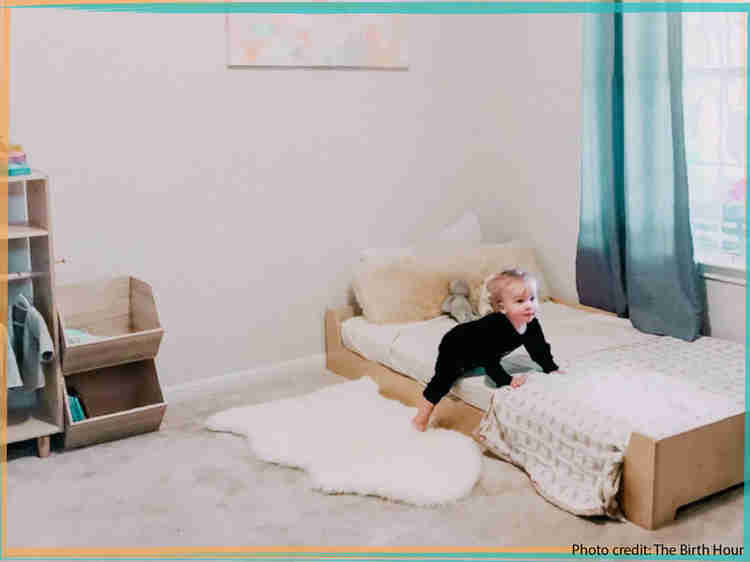
Place to eat:
Initially this will be a comfy chair where you can breast or bottle-feed your baby. Some babies are more sensitive than others and will get distracted while feeding. You may have a few feeding places around your home but try to be consistent and stick to those areas, this will help your baby’s sense of order.
Make sure this space is comfortable for you. In the early months you will spend a lot of time in this area – day and night. The chair should be comfortable with extra pillows to support your back. A small footstool may also be handy to support your legs. Make sure there is a table next to the feeding area for you to be able to place a glass of water, a cloth, a lamp, or anything else you may need while you are feeding your baby. It’s also nice to position the feeding chair with an outlook that you enjoy. If possible next to a window or a piece of art/photos that you enjoy looking at.
As your child gets older and they begin to eat solid food this area may not be used as much for feeding but it might be part of your bedtime routine. You may choose to read books, sing lullaby songs, or just cuddle in this chair.
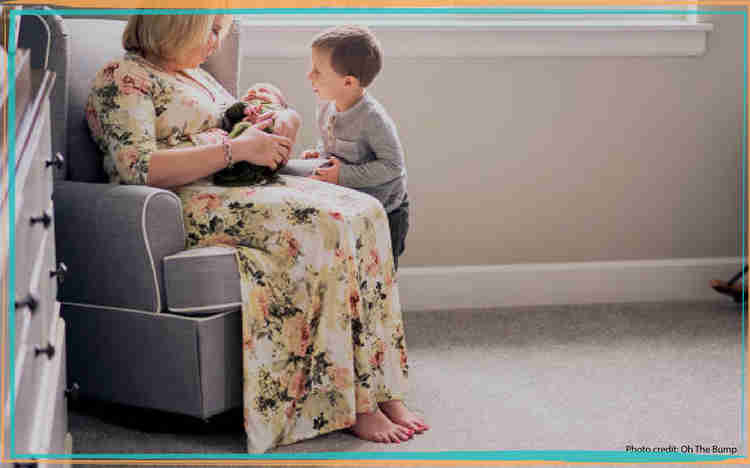
Movement area:
When your baby is awake the movement area will be where they can explore their room. This is your baby’s first defined ‘workspace’. Just like the feeding area, there could be a few different movement areas in your home. When your baby is little, a movement mat, mirror and mobiles can be set up in this space.
The movement mat is a lovely area to encourage tummy time and time on the floor will help them build up their muscles.
A mirror gives your baby feedback concerning their movement and allows them to develop an understanding of their body scheme. If you don’t have space for a mirror consider using a mirrored wardrobe. Always ensure the mirror is safely installed and not able to tip over.
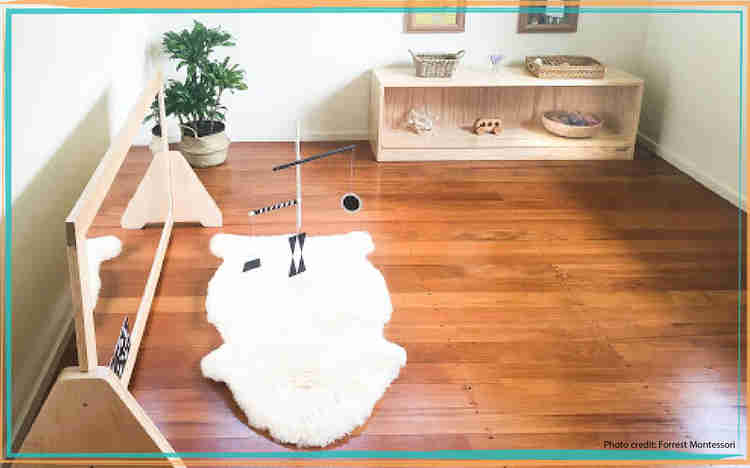
As your child begins to move they should not be restricted to just one area and they will want to move around the room and the house. This area will look different in each house. There is no ‘right’ way to set up this area. Work with the space and materials you have to meet the needs of your child. Storage and rotation is important. Your child does not need every toy available to them at one time. Remember that if the movement area is in the bedroom it should be minimal and not distracting.
In the movement area, if there is enough room, there can be a small low shelf. It doesn’t matter what kind of low shelf, it just needs to be sturdy, so that your child can pull themselves up on it. The shelf is a designated place for their activities (toys). They only need a few things out at any one time. Too many toys can be overwhelming and will make it difficult for parents to observe what developmental phase they are in and what they are attracted to using. It also makes it difficult for them, as well as parents, to ‘pack away’.
Explore the fundamentals of Montessori parenting with this free video by Sylvia Arotin, offering insights and strategies to empower and educate your child.
Physical care area:
This is the changing area and can be used until your child begins to stand. In this area store everything used to change your baby. It needs to be easily accessible so that your baby is not left unattended on the changing table.
When you are changing your baby make sure you are forward-facing, rather than side on so that they can see your face properly and at the right angle. When your baby begins to pull up to standing the changing area should be moved out of the bedroom to the bathroom and nappy changes should be done with the child standing up.
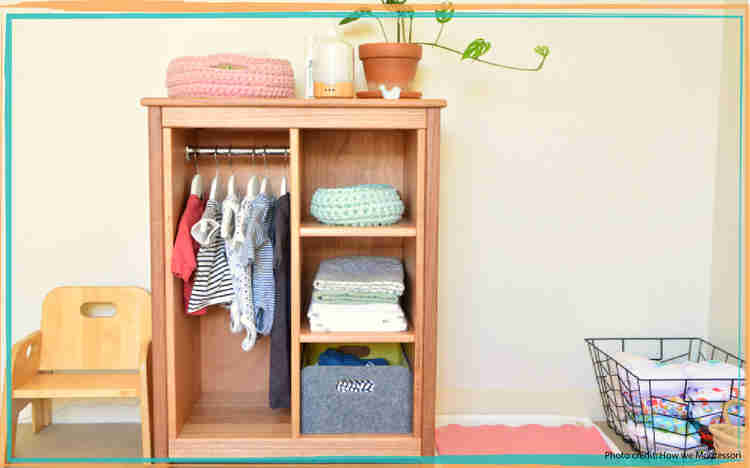
Other elements to consider having in the sleeping space.
- Low pictures on the wall. Just a few reality-based, age-appropriate pictures that can be rotated.
- Hooks at your child’s height so they can reach them.
- Clothes storage that they can access. Offer limited choice.
- Small stool for your child to use to get dressed.
- A few soft toys.
- A mirror for self-care.
- Laundry basket.
- A basket or shelf with a few books.
The primary use for the bedroom is to sleep and for the first few months may also be for feeding. Although it is fine to have a simple movement area, changing area and a small selection of toys and books it should not be a stimulating environment. Always remember to observe your child to make sure the environment is meeting the needs of your child.
Be sure to join us on our Facebook group Montessori at home (0-3yrs).

A big special thanks to Melissa Chandler from Alongside You Parenting for this incredible article! For more information on what she does head to Alongside You Parenting on Facebook or have a look at www.alongsideyouparenting.com
